Polestar 5 — everything we know so far
The Polestar 5 is coming in 2024, and we've got all the details
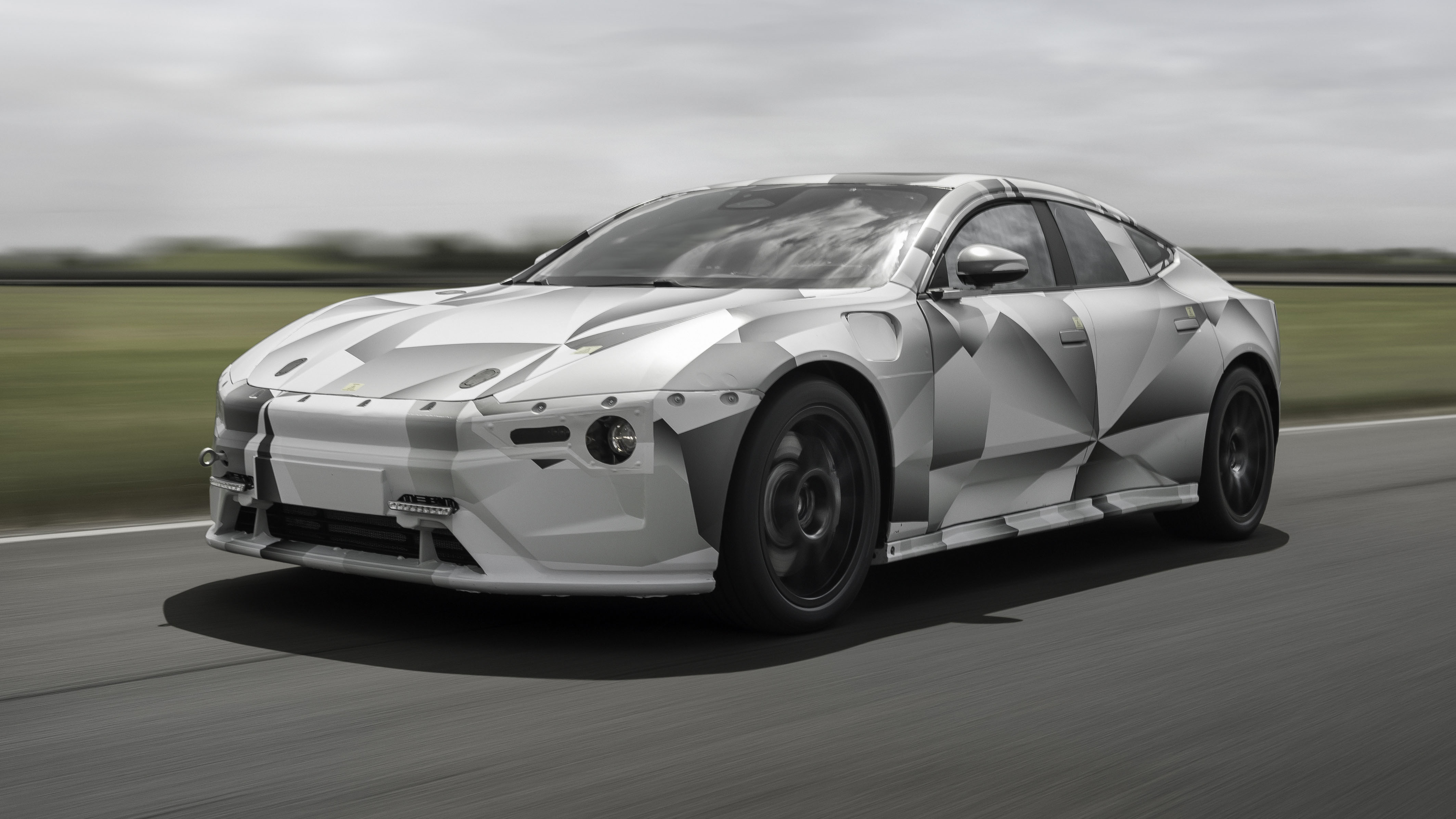
A few years ago, a lot of people wouldn't know the name Polestar. Not unless they were really into Swedish motorsport and Volvo trivia. But times change, and now Polestar is one of the biggest names in performance electric cars. The 2024 Polestar 5 looks ready to continue that legacy.
The Polestar 5 is one of three electric cars Polestar is planning on releasing over the next couple of years. But unlike the Polestar 3 and 4, which will follow an SUV-styling, the Polestar 5 will offer something a little sportier.
In fact, we already have some idea of what to expect. Polestar has confirmed this will be the production version of the previously-unveiled Polestar Precept concept car. While there are still some unknowns, here's everything we know about the Polestar 5 so far.
Polestar 5: Price and availability
So far we haven't had any confirmation on how much the Polestar 5 will cost when it arrives. We can't imagine it will be particularly cheap, seeing as how it will likely be the crème de la crème of what Polestar has to offer.
The Polestar 3 is aiming for a €75,000 price tag, which works out at to around $79,000, and the Polestar 4 is aiming for a slightly more palatable €45,000 ($47,400). The Polestar 2 starts at $48,400. Expect the Polestar 5 to cost more than all three cars, when it finally arrives.
As for a possible Polestar 5 release date, all Polestar has told is is that all three upcoming Polestars will arrive before 2024. Expect the car to be officially unveiled towards the end of this year, or early 2023, in anticipation of this.
Polestar 5: Design and interior
The funny thing about the Polestar 5 is we've already seen almost exactly what it looks like. Polestar has confirmed the car will be the production version of the Polestar Precept, a concept car that was unveiled back in 2020.
Sign up to get the BEST of Tom's Guide direct to your inbox.
Get instant access to breaking news, the hottest reviews, great deals and helpful tips.
Concepts rarely get to production without some changes, but fortunately we've already had a look at what the production model Polestar 5 has to offer. A teaser video has given us a glimpse at an unfinished version of the car, while official renders were revealed thanks to a filing from the European Intellectual Property Office.
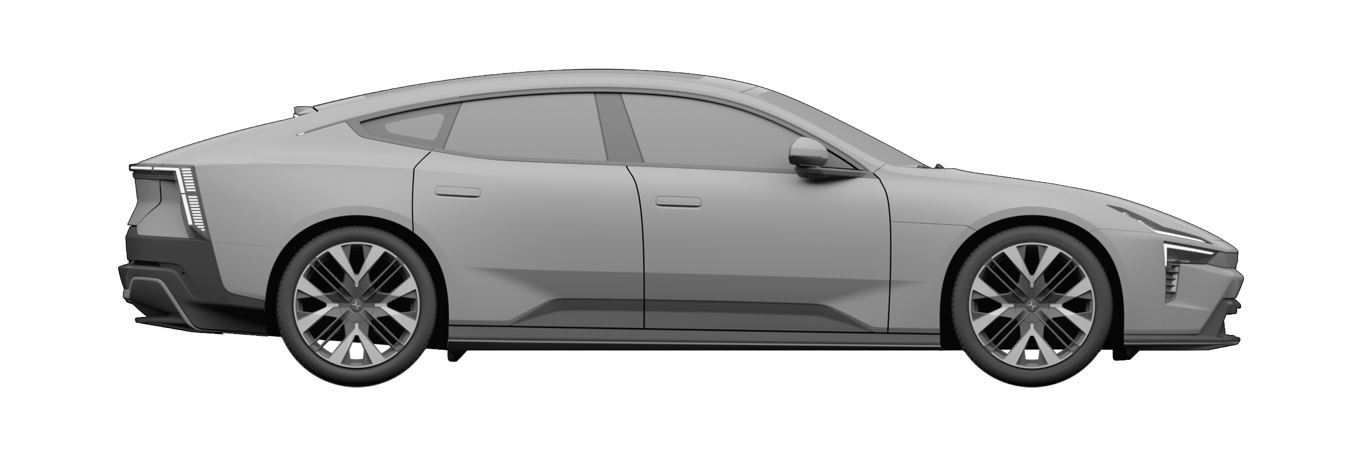

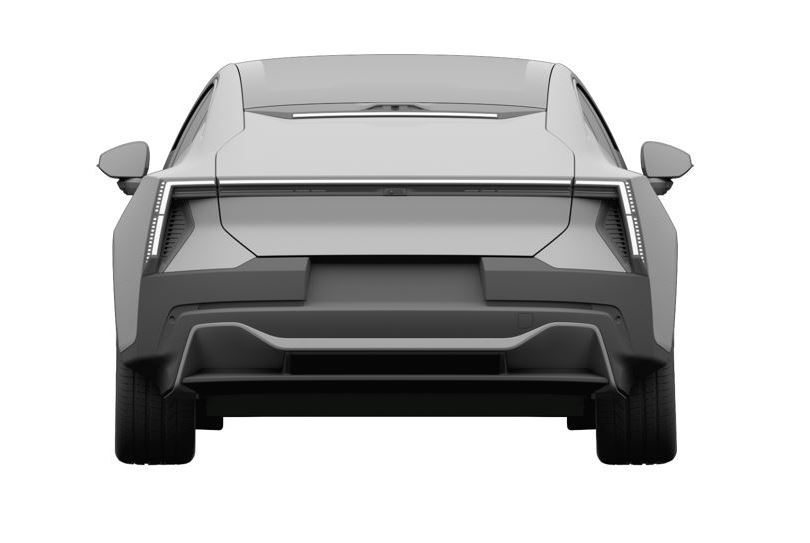
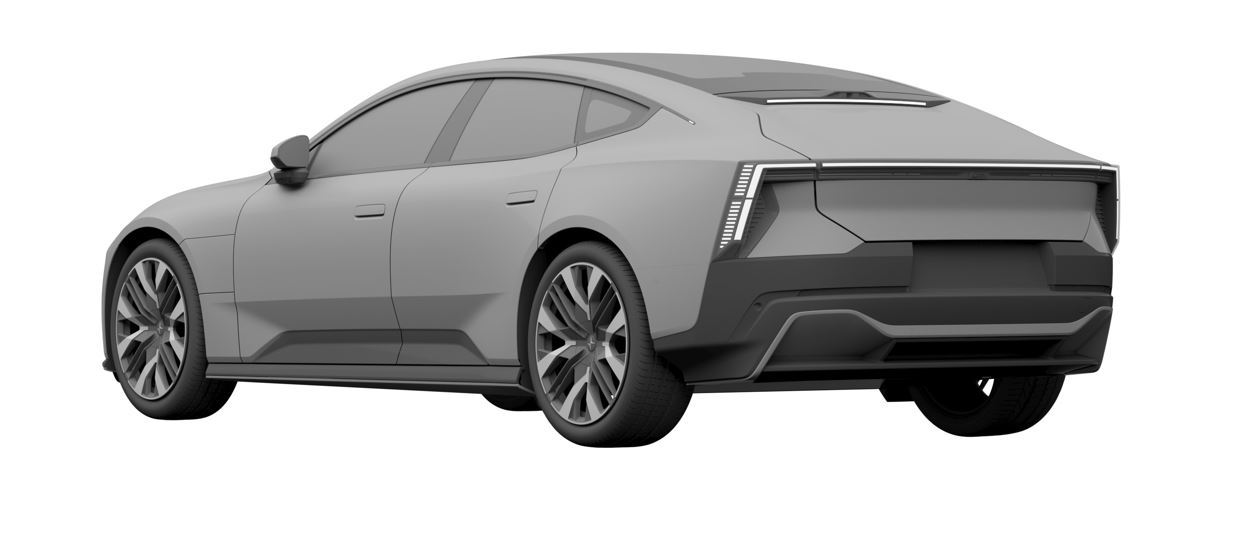
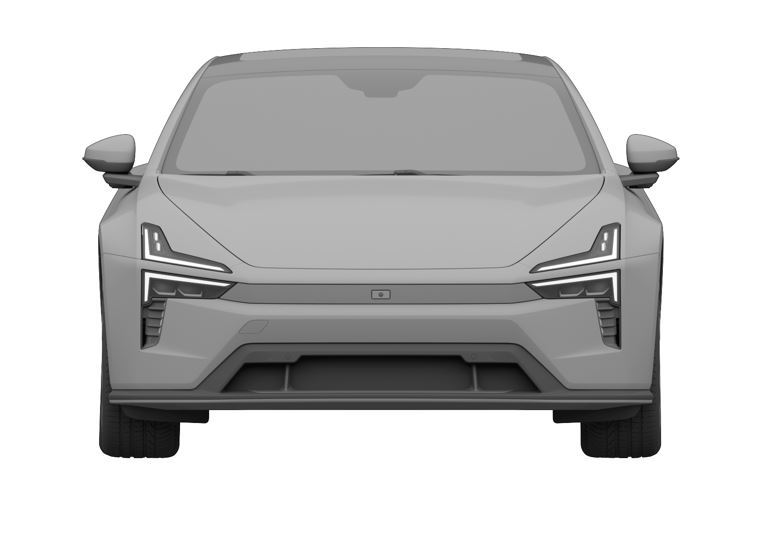
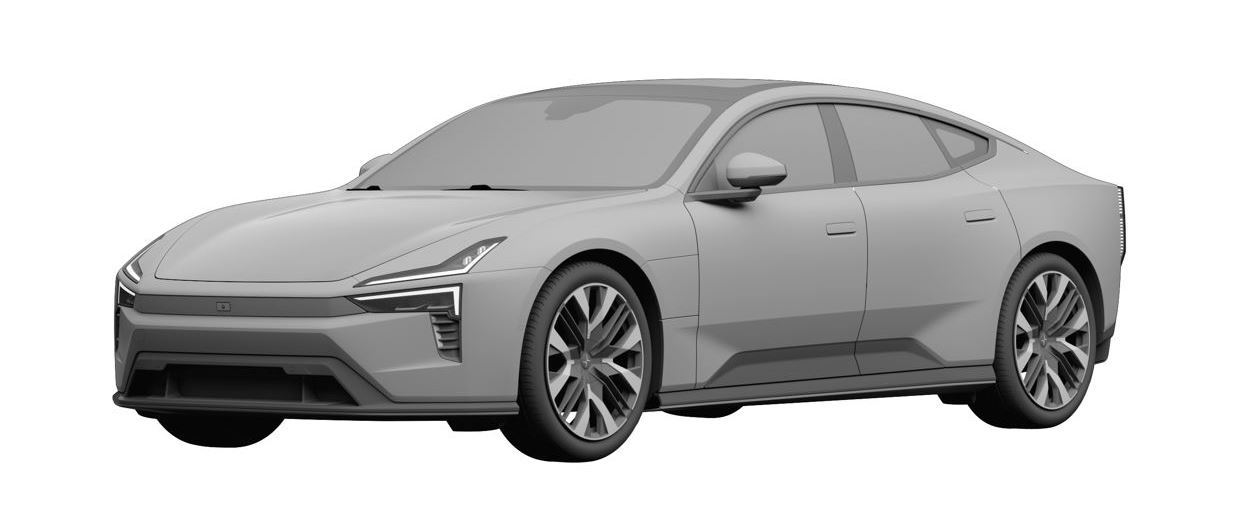

As you can see from the images, the design hasn't changed a great deal from the concept stage. The car has been raised slightly, and the hood is flatter and more compact, but the general shape of the car is much the same.
That means we're getting a sleek and stylish-looking sedan, akin to the Tesla Model S or Mercedes EQS. It's a little bit less bulky-looking than the Polestar 2, with a shape that should prove to be more aerodynamic than any other Polestars you'll find on the road right now.
The rear of the car is unmistakably Polestar with a full-length lightbar, and isn't that dissimilar from the Polestar 2. The automaker has to have a few brand-worthy flourishes after all. There's also a full-size glass roof, which is a given on any premium EV these days.
If you're after actual dimensions, the Polestar 5 is set to be 15.4 feet long with a 10.1 foot wheelbase
Polestar also revealed a look at a prototype, which will be making an appearance at the Goodwin Festival of Speed at the end of June. There are no real surprises there, though discussing the car's design is impeded by the fact that it's both a prototype and covered in camouflage.
We can't gauge much about the interior, considering the prototype still only looks half built. it also has a bunch of buttons and switches that we're pretty sure won't be making it into the final design.
Still, things are pretty similar to the Precept concept as best we can tell. Which makes it a good place to start.
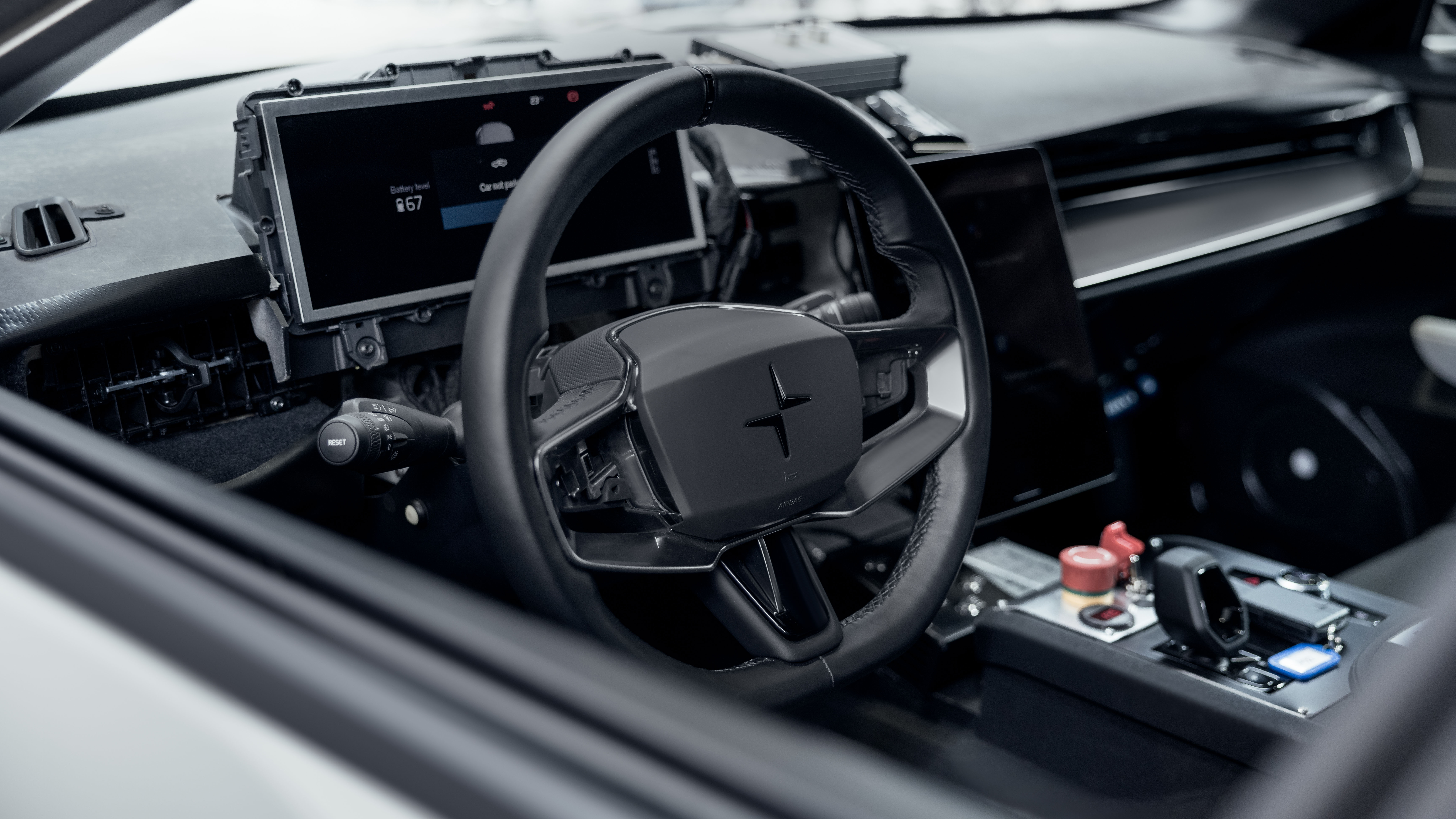
Polestar has been outspoken about sustainability, even outlining plans for the Polestar O2 — the first carbon neutral EV. Those ideals did make their way into the Precept's interior design, potentially showing us what sort of materials we might see in the Polestar 5.
The interior is 100% vegan, with emphasis on "high levels" of recycled content, and replacing virgin plastics with flax-based composites. According to Polestar this reduced plastic consumption by 80%, and interior component weight by 50%. Seat covers are plastic, but claim to be 3D-knitted with 100% recycled PET bottles.
From a gadget standpoint, the precept packs in an "evolution" of the infotainment system already present in the Polestar 2. That means there's a 15-inch touchscreen display, presumably powered by Android Automotive OS and featuring Google Assistant. Likewise, there's a 9-inch driver display behind the wheel, containing the usual important information.
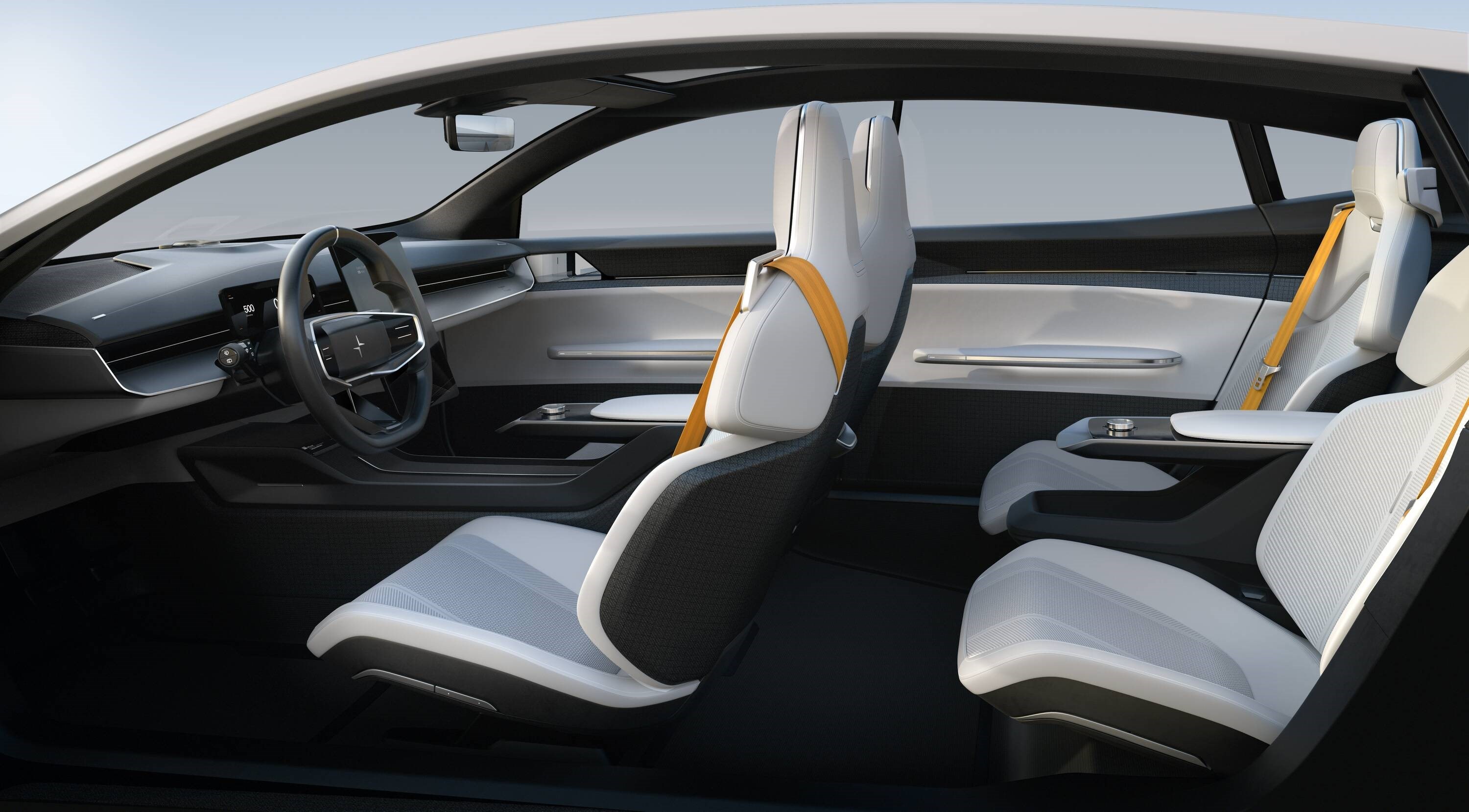
Concept imagery shows off an interior that is ot6herwise incredibly minimalistic. Much like a Tesla there is a distinct lack of buttons, and suggests the dual displays will be doing most of the work.
However, the concept does look incredibly roomy, with plenty of legroom in the back seat and a cut down center console that looks a lot more open that you'd expect in the likes of the Polestar 2. As nice a car as it is to drive, it can feel a little claustrophobic in the drivers' seat.
The concept also features proximity sensors, to sense where your hand is and adjust screen conditions accordingly. Polestar also claims it would be able to recognize drivers as they approach the car.
This has obvious security potential, as well as the promise the Precept would personalize the settings according to whomever was driving.
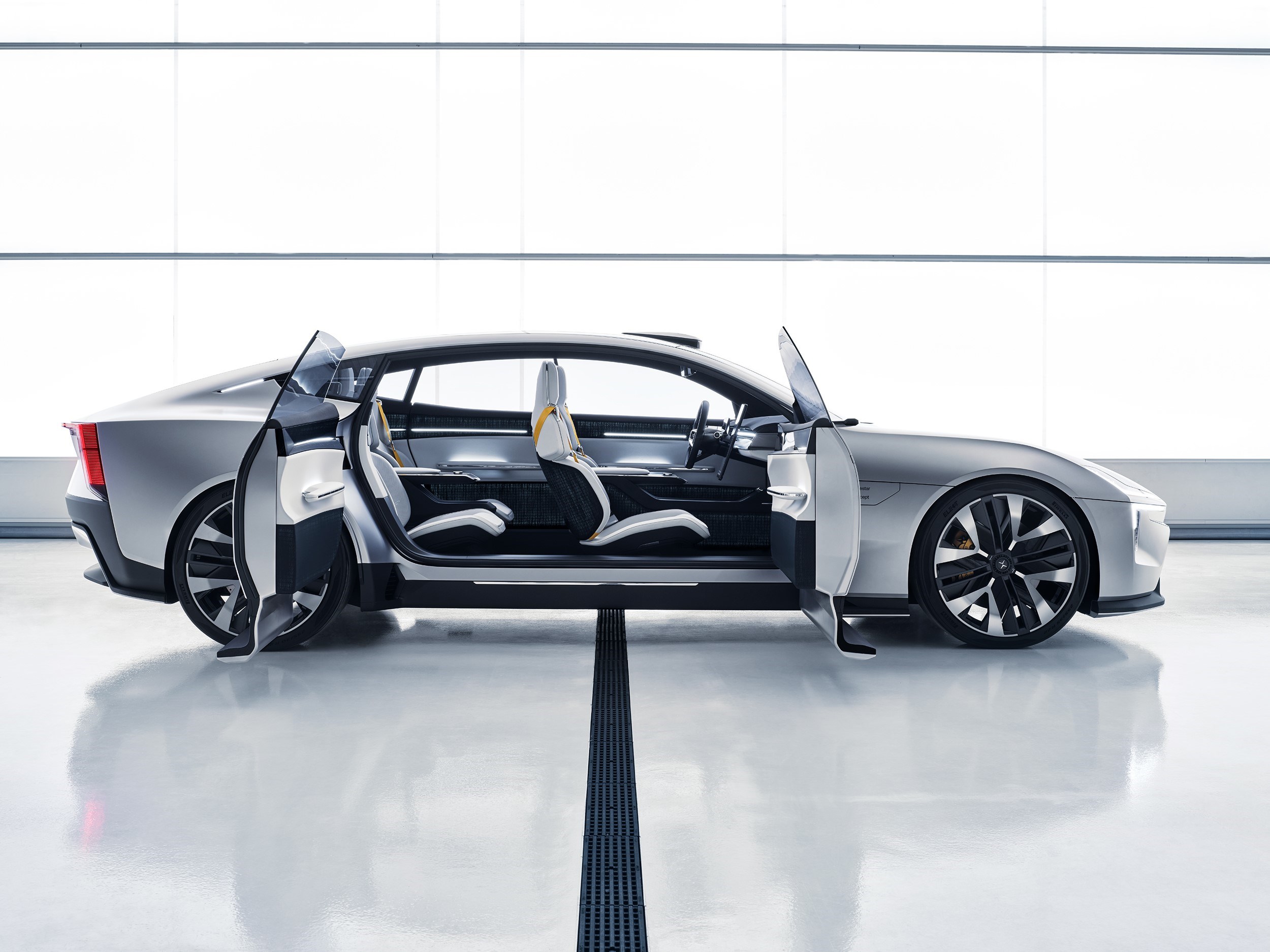
It's not clear how much of the interior design will make the transition from concept to production at this point. The Precept is a concept, after all, and it's meant to have features that ordinarily wouldn't work for a car going into mass production
The Precept's butterfly doors, also known as coach or suicide doors, are a great example. The European renders already show that the car will adopt a traditional rear door design — keeping the door hinge at the front, rather than the rear of the car.
Which is a good thing. While the reversed door design looks good on paper, it's a lot more impractical (and dangerous) to employ in a road car. We just need to wait and see what other far-fetched features Polestar will leave on the design floor.
Polestar 5: Battery, range and charging
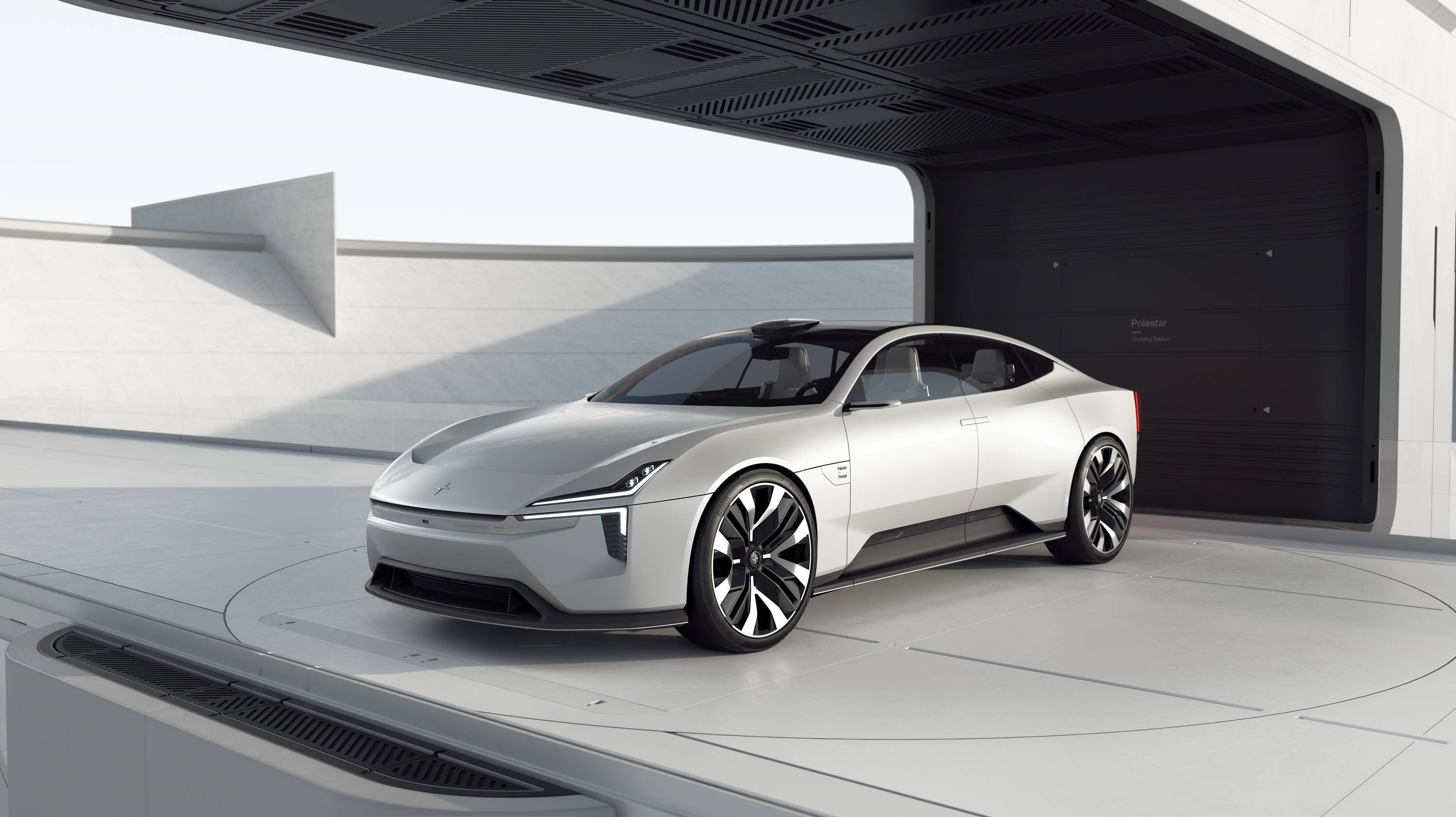
Those people expecting range levels rivalling Tesla or Lucid are out of luck. Polestar CEO Thoma Ingenlath suggested to AutoExpress that the Polestar 5 won't have more than 500 km (310 miles) of range. It's not clear whether this is WLTP-rated range, which is the standard in Europe, or the more conservative EPA testing cycle. Hopefully, it's the latter.
The idea here is Polestar wants to focus on offering competitive levels of range, rather than "drift away into that race for range." Like Elon Musk, who has gone on record declaring that anything over 400 miles of range is pointless, Ingenlath believes that 450-550 km (280-341 miles) of range is the sweet spot, after which adding more is unnecessary.
Instead, Polestar wants there to be more focus on faster recharging options. Currently, the Polestar 2 can handle charging speeds up to 155 kW, so we can likely expect a much bigger figure on future Polestars. Possibly up to 350kW, like other new EVs, if we're lucky.
To be clear, Ingenlath said that he's on board with making electric cars more efficient. However, Polestar isn't going to squeeze extra kWh into the battery just to look good on paper. That would go against the automaker's sustainability goals — something it's talked about in great detail in the past.
Polestar 5: Power and performance
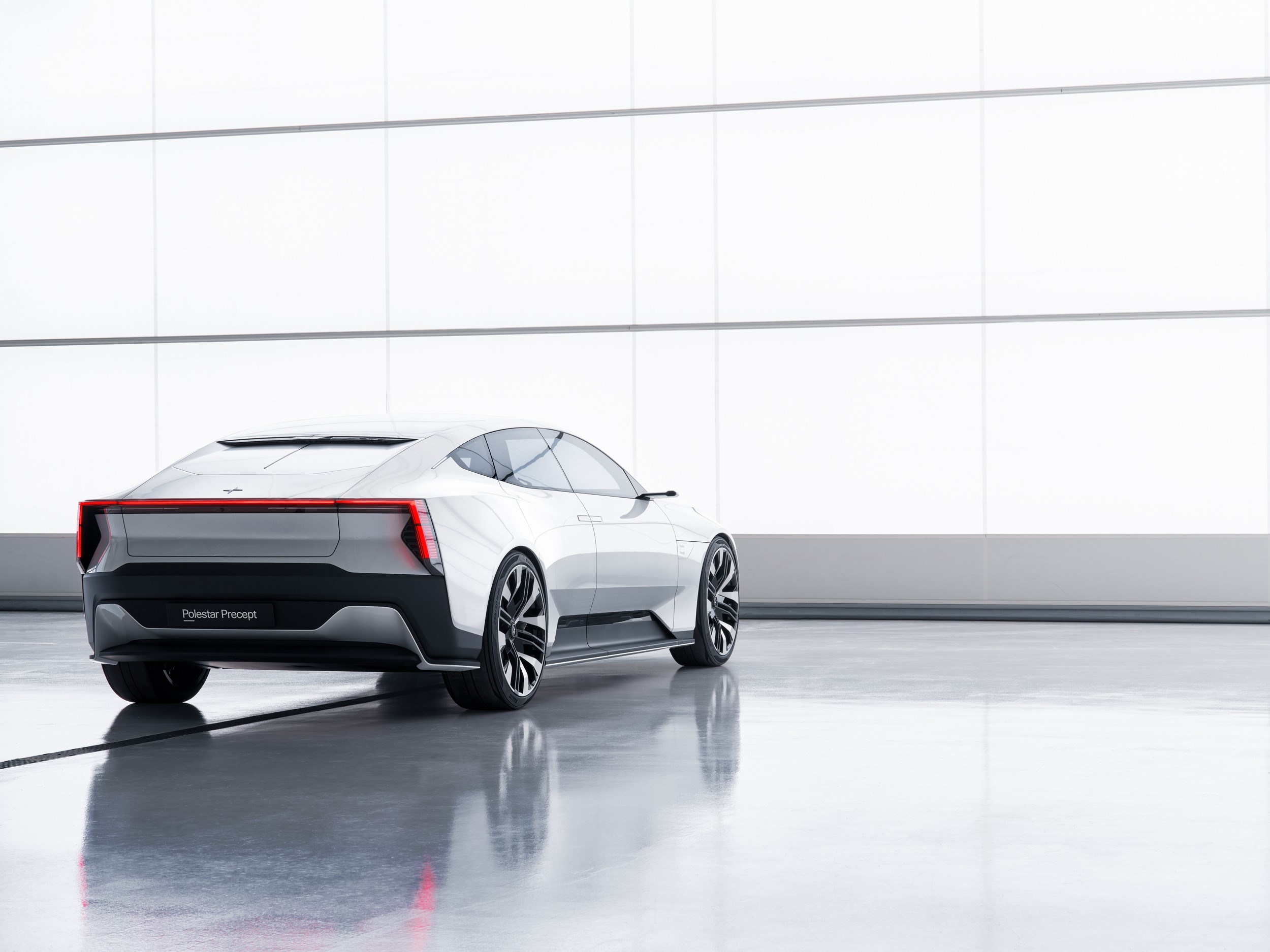
Polestar hasn't revealed any details about what sort of performance to expect from the Polestar 5 or the Precept concept.
But sports cars are known for going fast, and with that in mind we can expect some solid performance. How solid is a question we can't answer right now, but here's hoping that we have something closer to the 1.99 second 0-60 time of the Tesla Model S than the 4.5 second time afforded by the AWD Polestar 2.
It's likely that we'll see an AWD Polestar 5 hit the road, though whether there will be a FWD like the Polestar 2 is less clear.
Polestar 5: Autonomous driving
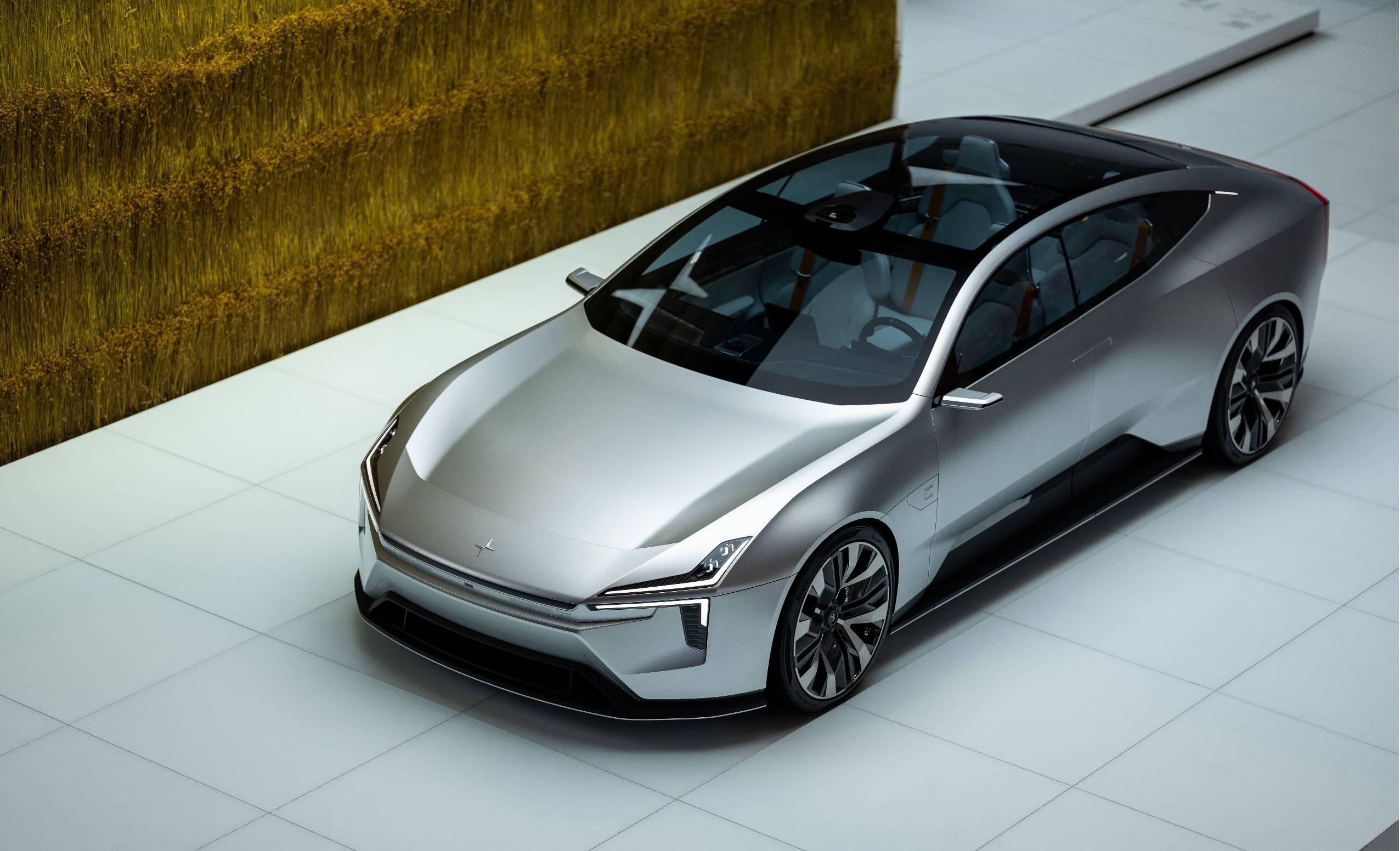
Polestar hasn't revealed what sort of autonomous driving systems we can expect in the Polestar 5. However, we can safely assume that it will have all the same features as the cars that come before it — and possible some extras that have yet to be announced.
The Polestar 2 already offers adaptive cruise control and lane keep assist, provided you buy the $3,400 Pilot pack. Meanwhile, the Polestar 3 will come with level 3 autonomous driving capabilities, though it won't be arriving until sometime after launch. Details are still scarce but Polestar has said that this system will be for highway driving rather than for city streets.
Meanwhile, the Polestar Precept was designed to include eye-tracking, to ensure the driver is paying attention to the road where necessary, and links Google Maps with the ADAS (Advanced Driver Assistance System). This apparently makes maneuvering safer and offers better traffic redirections.
Polestar 5: Outlook
Despite having the Polestar precept concept to fall back on, there are still a lot of unknowns where the Polestar 5 is concerned. We have an idea of what the car should look like, and a few of the features inside. But that's like putting together all the edge pieces of a jigsaw puzzle and trying to figure out what the final image looks like.
Then again, we are still in the very early stages. The Polestar 5 isn't due to arrive until 2024 at the earliest, which means we're a ways away from seeing its final form. That's assuming there are no delays, which are all too common thanks to ongoing supply-chain issues.
But from what we have seen, things are looking good, Especially on the point of exterior design.

Tom is the Tom's Guide's UK Phones Editor, tackling the latest smartphone news and vocally expressing his opinions about upcoming features or changes. It's long way from his days as editor of Gizmodo UK, when pretty much everything was on the table. He’s usually found trying to squeeze another giant Lego set onto the shelf, draining very large cups of coffee, or complaining about how terrible his Smart TV is.
